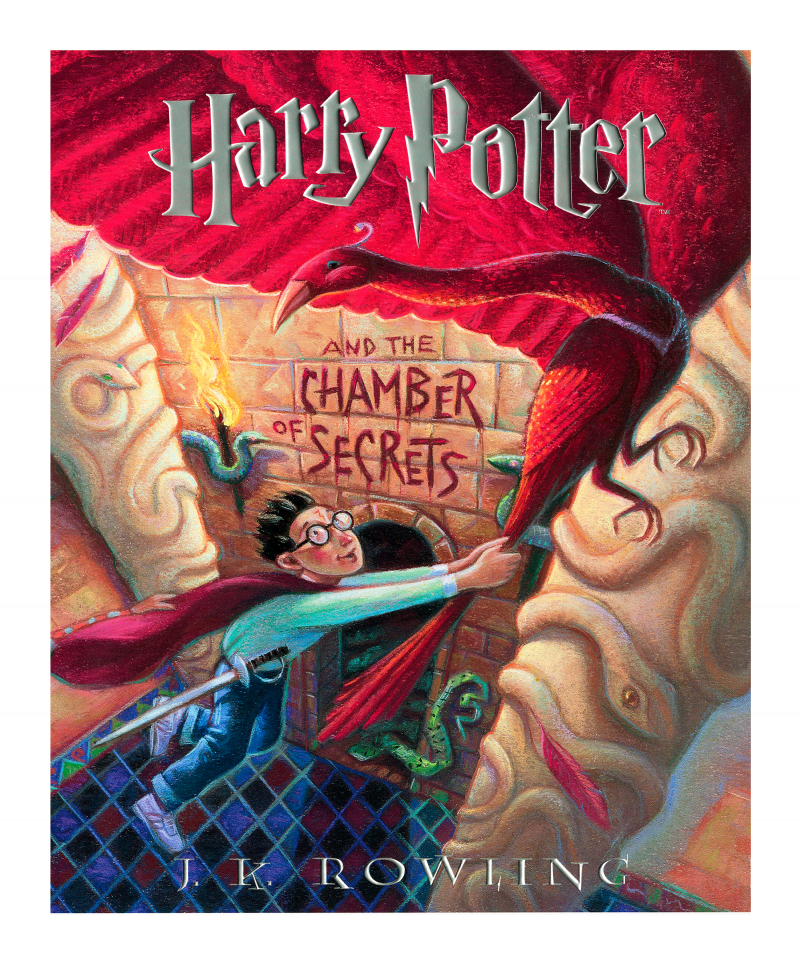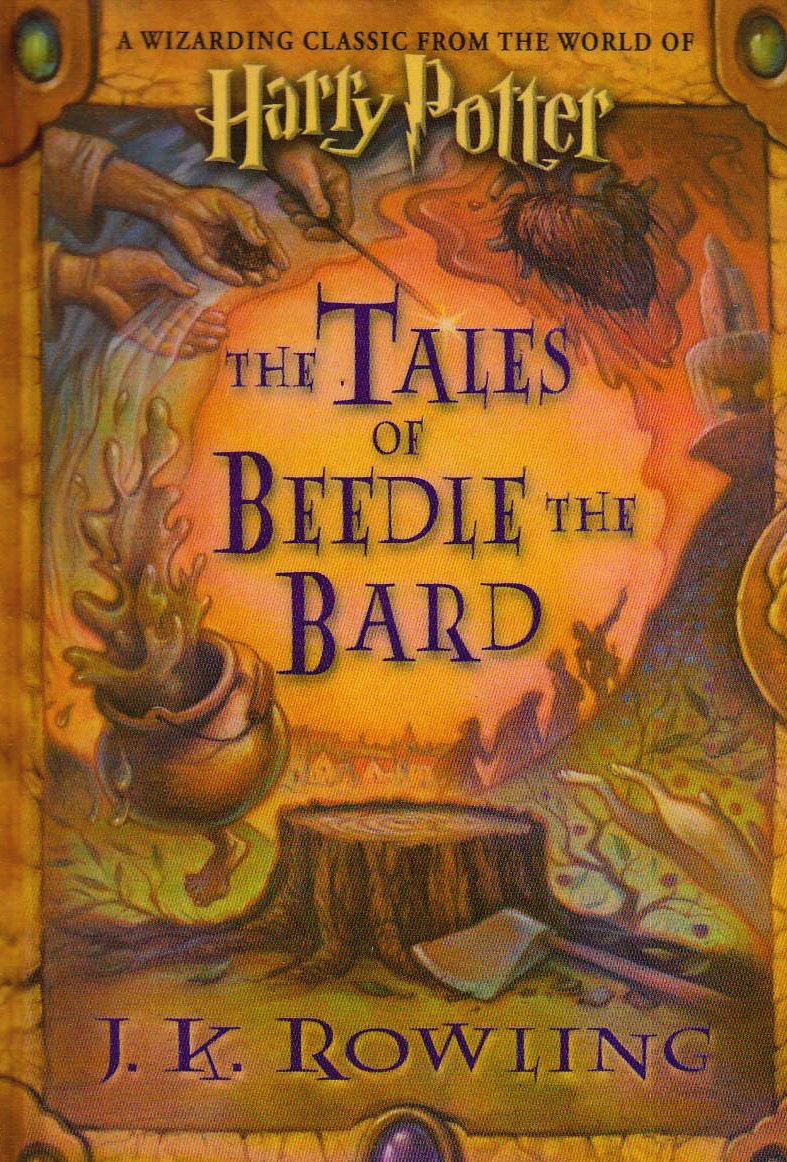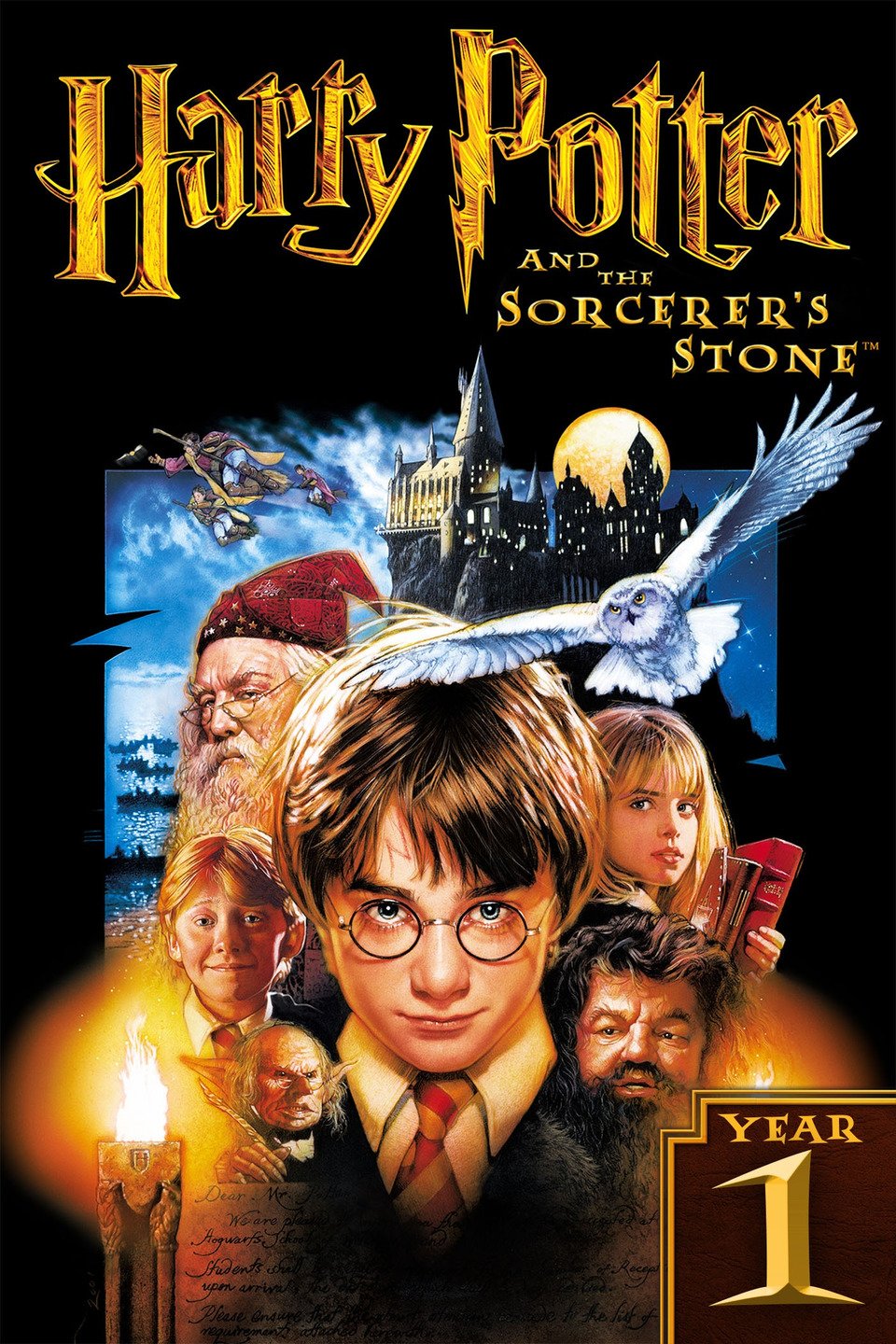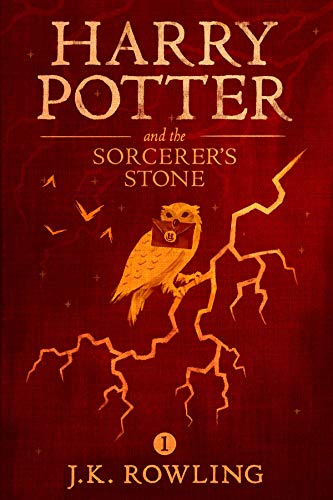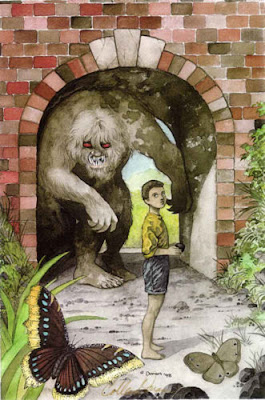Review of “Fantastic Beast and Where to Find Them” by J.K. Rowling
While I have seen the Fantastic Beasts movies, I wasn't sure what to expect from the book, not the screenplay. I assumed the book would just be like an encyclopedia about magical creatures with pictures. I did not expect to find the amount of information the book has about magizoology and how these fantastic beasts fit into the wizarding (and muggle) world. It even talks about some of the bureaucracy the Ministry of Magic has to deal with involving beasts. Newt Scamander works in the Department for the Regulation and Control of Magical Creatures.
The foreword and introduction talk about Newt Scamander, the “author” of Fantastic Beast and Where to Find Them. It mentions some of the events from the first Fantastic Beasts movie and even mentions Gellert Grindelwald. So, I was surprised that there was some wizarding history in the book that inspired the films. The book explains some of the accounts of interactions between people and beasts. The International Confederation of Wizards declares that each country is responsible for concealing, caring, and controlling its magical creatures.
The book also defines the term “beast” as pertaining to the wizarding world and classified as a beast or being. A being means any intelligent creature that can understand and follow wizarding laws. Some creatures such as merpeople and centaurs have requested beast status despite possessing intelligence and communication. Fairies, pixies, and gnomes are also classified as beasts even though they appear humanoid. Werewolves fall between both being and beast and require a registry.
We saw some of these creatures in the Harry Potter series. Still, the Fantastic Beasts movies showcase some of these beasts to great realization, except the Erumpent scene in the first Fantastic Beasts movie. I loved seeing the niffler and demiguise as well as Picket the bowtruckle. The movies even introduce beasts that aren't mentioned in the book, like the amazing Zouwu. Hopefully, we will continue to see more amazing creatures going forward in the wizarding world.
I was nervous that this book would just be a dictionary of beasts, and I wouldn't have anything to review. Still, I was pleasantly surprised to get so much detail and history. It would be interesting to reread the Harry Potter books, knowing more about the mentioned creatures. A short yet fun read, I really enjoyed Fantastic Beast and Where to Find Them. If you're a Harry Potter fan, I highly recommend reading the book.
Thank you for reading, and be sure to check back every week as I dive into the wizarding world. I'll be reviewing all 7 books and other stories from the PotterVerse, such as "Quidditch Through the Ages." Stay tuned to the blog for new posts every week until Christmas! Be sure to leave a comment or feedback to help improve the blog. Thanks for reading, and be sure to follow the blog on social media for all the updates.
Read my review of "The Tales of Beedle the Bard."
Read my review for Neil Gaiman's fairy tale "Troll Bridge."
Twitter @BelleArboreus
Instagram @Fantastic_literature



